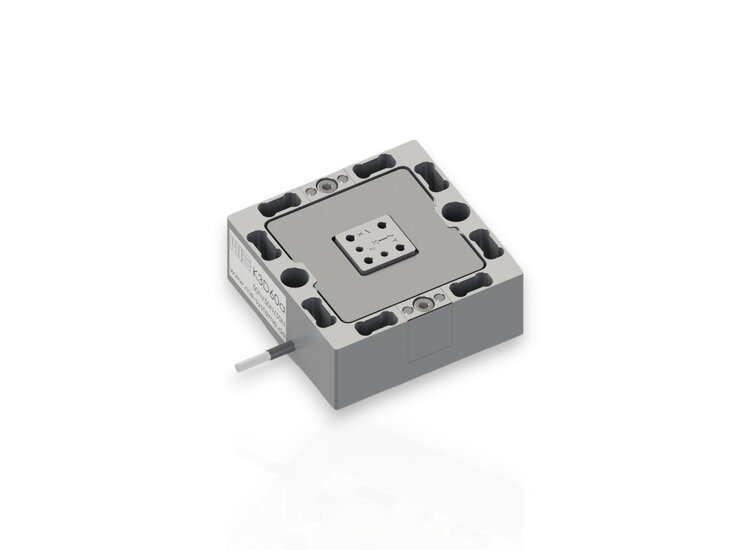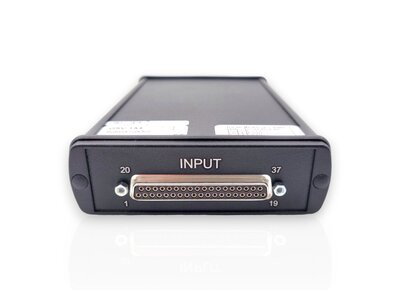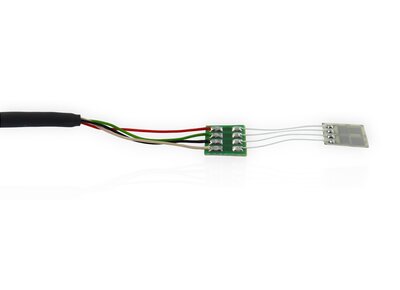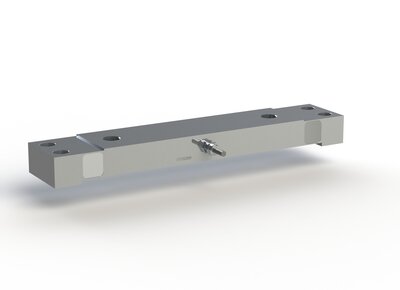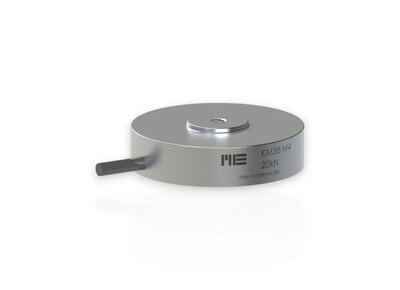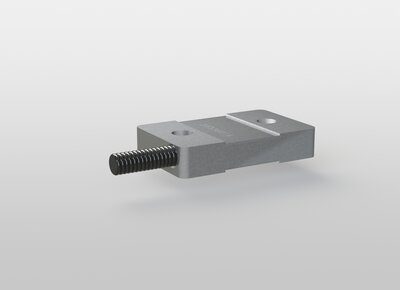The K3D60a 3-axis sensor is suitable for force measurement in three mutually perpendicular axes. This 3D force sensor is available in the measuring ranges 10 N to 500 N.
Up to a nominal load of 100 N, these sensors are made of aluminum; from a nominal load of 200 N, they are made of stainless steel.
The K3D60a 3-axis force sensor is equipped with full-bridge strain gauges. The signals from the full-bridge strain gauges each correspond to a force component in the x-, y-, and z-directions.
The vector decomposition is therefore achieved mechanically, by three orthogonally arranged spring-joint guides (double bending beams), and additionally by the arrangement of the strain gauges in the Wheatstone bridge, so that residual transverse forces and moments are also compensated electrically/circuit-wise. The three double cantilevers in this 3D force sensor are connected in series.
A key characteristic of 3D force sensors is crosstalk: The application of a force also results in a reading in the two unloaded axes. Due to multiple compensation (mechanical + electrical), crosstalk is typically less than 3% of the nominal load. The crosstalk is reproducible and proportional to the applied force amplitude. By applying an additional compensation matrix, crosstalk can be reduced to typically less than 1% in all axes.
ME-Meßsysteme therefore supplies two calibration certificates: without a compensation matrix (type "cv") and with a compensation matrix (type "s").

